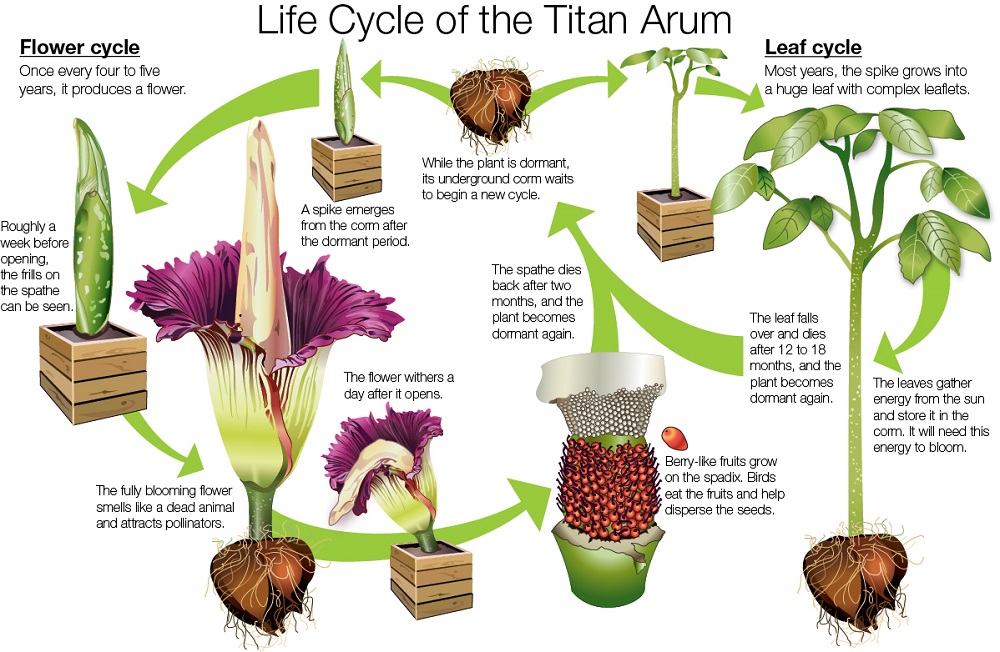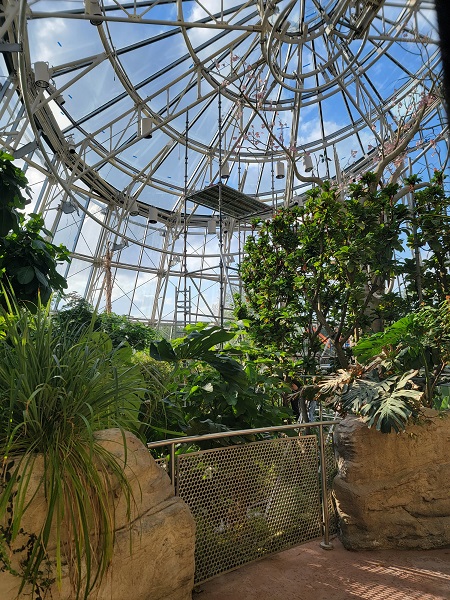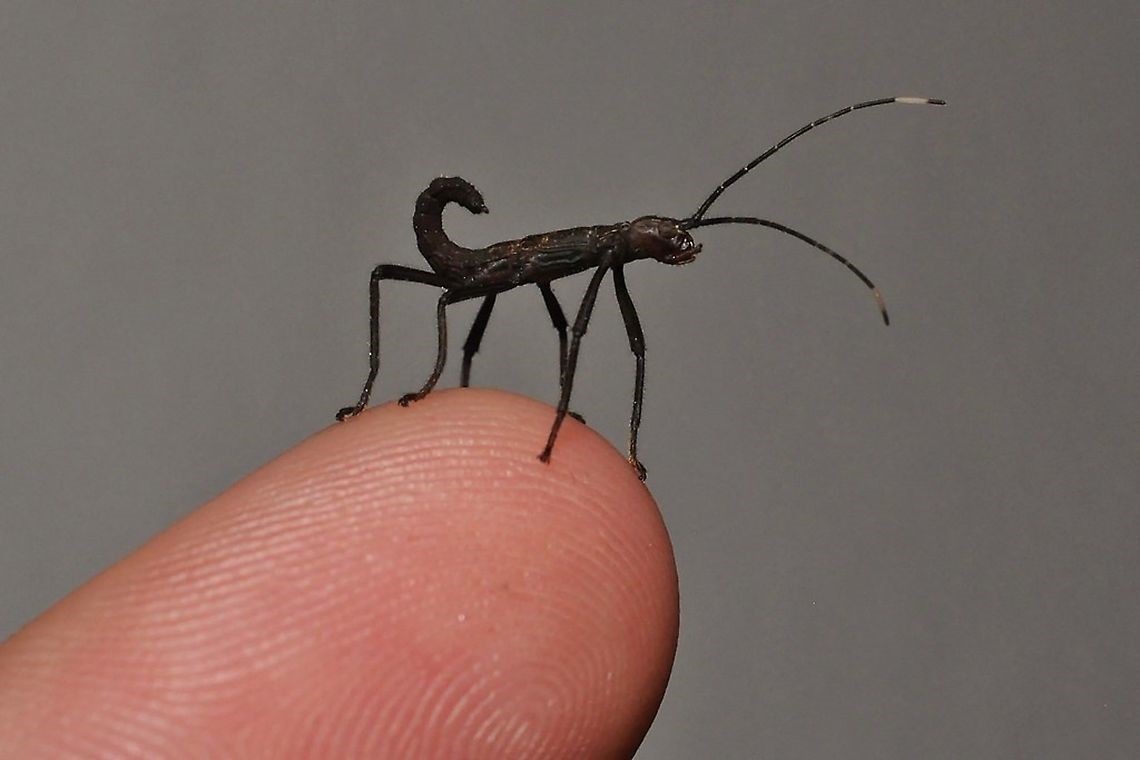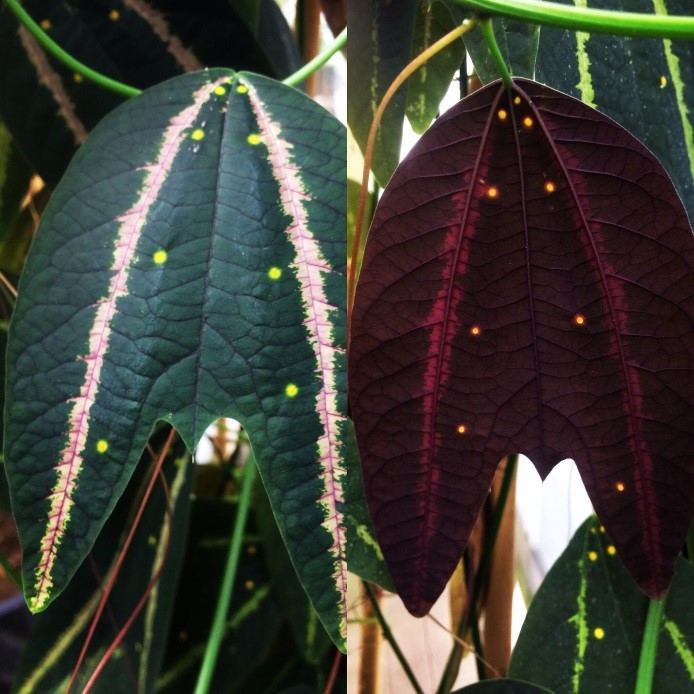The butterflies need your help! With urbanization, and a host of other factors, monarch butterflies are at risk of not finding places to lay their eggs. So why not help while improving the butterfly traffic through your garden with a butterfly-seducing plant from our biannual plant sale?
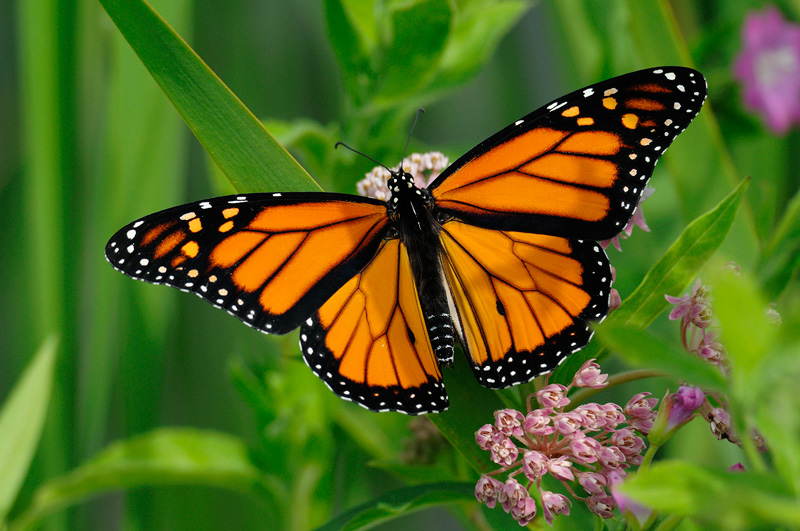 Milkweed plants in the genus Asclepias are extremely important for butterflies, especially monarchs. While the blooms provide copious amounts of nectar for many different butterflies, the foliage is an essential part of the monarch butterfly’s life cycle. Milkweeds are the only plant monarch caterpillars will eat. In other words, they can’t live without it!
Milkweed plants in the genus Asclepias are extremely important for butterflies, especially monarchs. While the blooms provide copious amounts of nectar for many different butterflies, the foliage is an essential part of the monarch butterfly’s life cycle. Milkweeds are the only plant monarch caterpillars will eat. In other words, they can’t live without it!
Native milkweed plants grow along roadsides and in open fields. The butterflies find them by honing in on their volatile chemicals and finally locate the exact plant by “tasting” nearby plants with special receptors called chemoreceptors on their feet. Once a gravid female (one who has mated and is ready to lay eggs) finds a good milkweed plant, she will lay eggs on it — and the miraculous process of metamorphosis has begun!
There are about 100 species of Asclepias in the United States, and over 30 in Texas — but monarchs seem to prefer some of them over others. According to a study by Linda S. Rayor, described in The Monarch Butterfly: Biology and Conservation, when given a choice, monarchs prefer to lay eggs on other species of milkweed over the native species Asclepias tuberosa.

Besides being a host plant for Monarch larvae, Tropical Milkweed (A. curassavica) is a great nectar source for many butterfly species!
Several other native milkweed species, however, are great host plants for the monarch. Asclepias asperula (Antelope Horns), A. viridis (Green Milkweed), A. incarnata (Swamp Milkweed) and A. oenotheroides (Zizotes Milkweed) are some of the more commonly found milkweed plants in our area that monarchs use as host plants.
Unfortunately, most of the native milkweeds are hard to find in plant nurseries. One reason is that their seeds require moist stratification to germinate, and even with this pretreatment, germination can be splotchy. Furthermore, young plants of A. asperula, viridis and oenotheroides take several seasons to establish their thick taproots, and can be hard to transplant.
On the bright side, most of the native milkweeds, except for A. incarnata, are drought tolerant and can handle being mowed. Swamp milkweed obviously likes moist soil. All milkweeds grow best in full sun.
Most gardeners are familiar with tropical milkweed, or Asclepias curassavica. This plant is commonly available in local plant nurseries and attracts butterflies like a magnet! Its bright orange and gold flowers are irresistible to many butterflies, and the high levels of cardenolides in its foliage make it especially sought out by female monarchs looking for a place to lay their eggs. Although it originates in more tropical climes, it is relatively cold hardy and will usually come back from the base of the plant after a freeze. It is also easy to propagate from seed, and in fact will sometimes seed out (make more of itself) in a garden.
So tropical milkweed seems like the ideal plant. However, one issue with this species is that it is not native to our area and does not exhibit the same characteristics of our native milkweeds, all of which die back to the ground in winter. This perennial habit seems advantageous, but it can be a problem for a couple of reasons. Because it has leaves year-round, it may encourage monarchs to overwinter locally instead of migrating to Mexico. It can serve as a host for a disease that affects monarchs, called Ophryocystis elektroscirrha, or simply O.e. This disease is caused by a protozoan parasite and is spread in the dormant stage of its lifecycle as a tiny spore.
These spores are typically on the abdomen of an infected monarch butterfly and can be spread to her eggs or onto the milkweed plants themselves when a female lays eggs. Then, when the caterpillars hatch out of the eggs, they consume the spores that lie on their empty egg shells or on the leaves around the egg and become infected.
Over a few generations, the parasite load can build up to high enough levels that it impacts the butterfly’s survival. Depending on the severity of the infection, the disease can make the caterpillars look a bit grayish and their stripes not as distinct. When the caterpillars pupate, their chrysalis may look brownish or spotted. The butterfly inside may emerge but have problems, such as an enlarged, gray abdomen and weak, faded wings.
Sometimes they emerge and look healthy, but secretly harbor O.e. spores on their abdomens. Other times they don’t emerge from the chrysalis at all, or get stuck while trying to come out.
So what is my point? I thought we were talking about milkweed plants! 😉 The reason this is important is because O.e. spores persist on the leaves of the tropical milkweed plants, waiting for an unsuspecting caterpillar to munch them up. To break this cycle, we recommend cutting your tropical milkweed plants back after a monarch generation has stripped their leaves, especially in the spring and fall. A simple pruning of the plant’s stems about six inches from the ground will get rid of any remaining spores and will sprout new growth in no time.
Some other closely related plants that monarchs will use as a host are Gomphocarpus physocarpus or “family jewels” milkweed, and a species of Funastrum or twinevine. Gomphocarpus is a lot like A. curassavica in that it doesn’t lose its leaves in the winter so it also needs to be cut back periodically to keep it from spreading O.e.
Funastrum or twinevine is an interesting climbing plant native to south Texas and Mexico. The plant is not very impressive looking until the summer, when it puts on beautiful balls of milkweed-like flowers that are great nectar sources for many kinds of butterfly. Another good thing about it is that when monarch caterpillars have stripped all your milkweed plants of their leaves and are still hungry, they will eat the leaves of Funastrum.
With their habitat dwindling due to urbanization, the use of Round Up ready crops, shrinking right-of-ways due to intensive agricultural practices and other factors, monarch butterflies need all the help they can get. The take-home message today is PLANT MORE MILKWEED! (please)
For milkweed and other awesome butterfly host and nectar plants, come visit us at our biannual Spring Plant Sale on Saturday, April 5th from 9 a.m. until we sell out! We are located on the 7th level of the Museum parking garage. Parking is free if you spend $30 or more!





